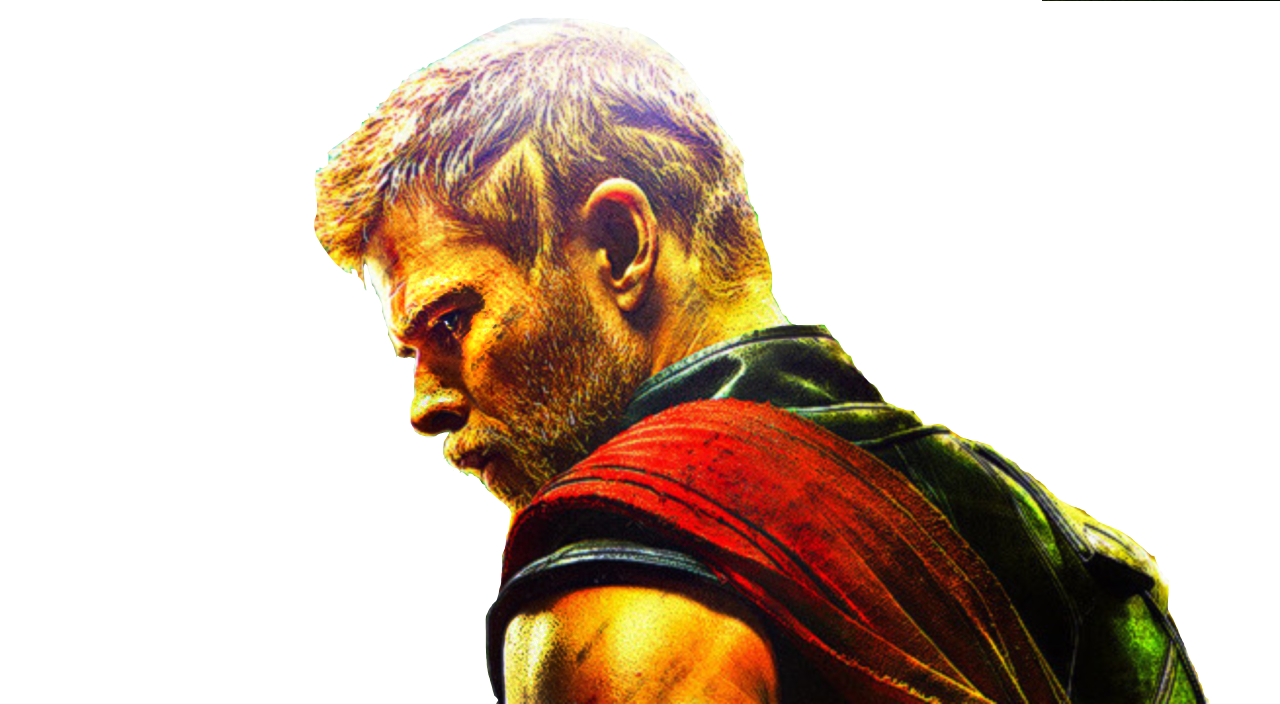Marvel’s “Thor: Ragnarok” isn’t afraid to “rok” the boat
December 1, 2017
Director Taika Waititi’s take on the Thor franchise stands out in fluorescent colors against its darker predecessors, taking risks that seem to have paid off considering its critical and commercial success. “Thor: Ragnarok” offers audiences a fun ride piloted by a standout cast that features new faces alongside updated mainstays.

Chris Hemsworth takes the helm again as Thor, ditching his long locks and soliloquies for quick punches and punchlines. Also returning are Tom Hiddleston as the fan-favorite Loki, Anthony Hopkins as a more modest Odin and Idris Elba as the sage Heimdall.
In one heated moment in the movie, a clean-cut, de-hammered Thor says, “Life is about growth, it’s about change,” reflective of the mentality Waititi embraced for the film. Change is afoot from the very first scene of the movie, which sees a nonchalant Thor caged and speaking directly to the audience. Hemsworth’s charisma, previously muddled by brooding scowls and somber plots, shines through in “Ragnarok.” He proves himself a capable comedic actor, bantering with his team of “Revengers”: the Hulk (Mark Ruffalo) and Valkyrie (Tessa Thompson). The loss of Thor’s iconic hammer and the adoption of a more easy-going demeanor help to humanize the formerly stoic god. Levity is also brought by the rest of the colorful characters we see, especially with Jeff Goldblum’s effervescent Grandmaster and director Waititi’s Korg.
Thor and Loki’s “it’s complicated” relationship status has evolved and there’s a clear sense of kinship between the two of them. Loki, ever the undulating pendulum, tends to swing in Thor’s favor; especially in well-timed acts of heroism. While he still turns to his selfish ways at times — true to his role as the God of Mischief — it never has any real impact on the course of events. Unlike earlier films, in which Loki served as the central villain, his betrayal doesn’t cut as deep and even comes across as somewhat predictable.
The tonal veering is also captured in the high-octane visuals that bear a resemblance to another galactic Marvel enterprise, “Guardians of the Galaxy.” While the aesthetics of “Thor” and “Thor: The Dark World” were gritty and aphotic, “Ragnarok” is the complete opposite. The settings of Asgard and Sakaar are just as bright and vibrant as the players they contain. There’s a feeling of nostalgia captured in the typography, bold color choice and the film’s booming anthem of Led Zeppelin’s “Immigrant Song” (which itself references Norse mythology).
“Ragnarok” doesn’t disappoint in delivering a healthy dose of action, but it does move away from what audiences have come to expect from previous films. Earlier installments tended to focus on the lore of Thor, with fight scenes fewer and more climactic. In contrast, “Ragnarok” seems to use flashy special effects with a heavy hand, almost excessively at times. The change isn’t entirely negative, as the battles remain engaging and dynamic (notably the beautifully fluid fall of the Valkyries); but the departure from the established style suggests the series has assimilated to a more mainstream look.
Yet for all of its innovation, “Ragnarok” still sees Thor returning to his roots in a lot of ways, with the most literal examples being his homecoming and an Asgard-centric plot. Even Odin’s exiled time in Norway harks back to the Norse mythology that the “Mighty Thor” comics drew from.
The loss of Thor’s hammer, Mjolnir, gives way to another development that brings the god closer to his primeval powers. The change, albeit radical, is essential in characterizing the hero as a true “God of Thunder.” Though it may create controversy, it ultimately aids in character and plot development.
Even if the conceptual change is a breath of fresh air, it doesn’t fix the fundamental issues within the plot. The most glaring problem is the vague prophecy of an apocalyptic Ragnarok set to destroy Asgard. It’s only mentioned in fleeting moments at times of narrative convenience, rather than as a fully fleshed out basis of the film’s conflict, as the title would suggest.
“Ragnarok” moves so fast it might give you whiplash, as it’s never weighed down by any of the bloodshed or moral pondering. With such an emphasis on comedy and joviality, it seems like the moments that require gravity don’t carry the impact that they should and are instead brushed aside. While the audience is caught up in how lively the trip is, they don’t realize that the film doesn’t really seem to land anywhere.
Forcing two seemingly invincible villains into a plot is a tricky task, and one that “Ragnarok” fails to deliver on. Both Surtur (voiced by Clancy Brown) and Hela (Cate Blanchett) lack the complexity and nuance of Thor’s previous antagonist, Loki. This is through no fault of the phenomenal Blanchett, who gives a commendable performance with the limitations she’s given.
These missteps cause the final battle scene to fall short, with a resolution that doesn’t feel well-earned and that stumbles in its own confusion. Only one of the two villains introduced seems truly defeated, and not by any actions taken by the heroes directly, making for an unsatisfactory conclusion with too many loose ends. An ill-defined prophecy becomes realized and destruction is unleashed, yet we never see the characters grapple with it. Instead, they’re quick to return to laugh track quips and to move on.
“Thor: Ragnarok” excels at all of the conventions one expects from a superhero movie: fast action, strong star power and humor. At the same time, it injects a forgettable franchise with something fresh and exciting. But, comedic deft comes at the expense of narrative depth. With “Avengers: Infinity Wars” set for spring of next year, it will be interesting to see how a modern Thor and re-introduced Hulk (and Loki lingering on the Tesseract just a little too long) will fit into the larger scope of the Marvel Cinematic Universe.


